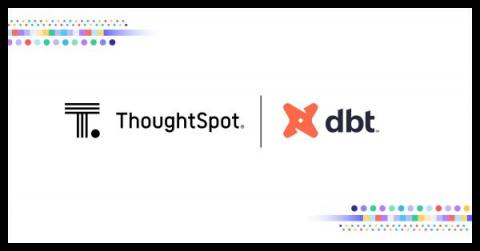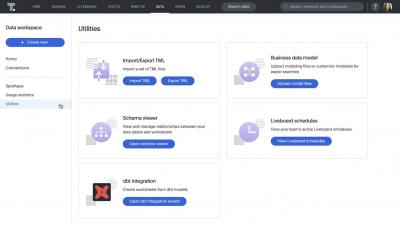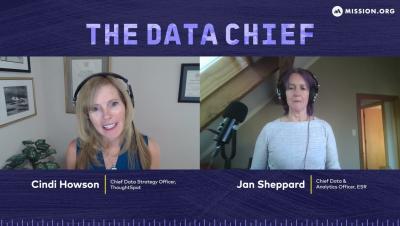Welcome to the decade of data
To quote Hemingway: change happens gradually, then suddenly. We see this in the world around us. Think back to 2019. There’s no denying how much the pandemic reshaped our professional and personal lives, with technology driving this change at massive scale. Yet these changes, despite their ubiquity, are really the culmination of trends like cloud and automation that were well underway.

















